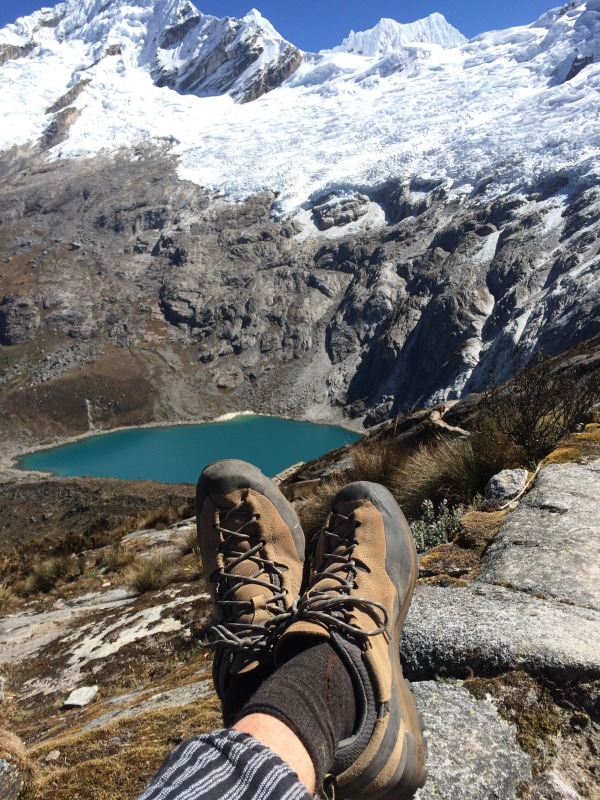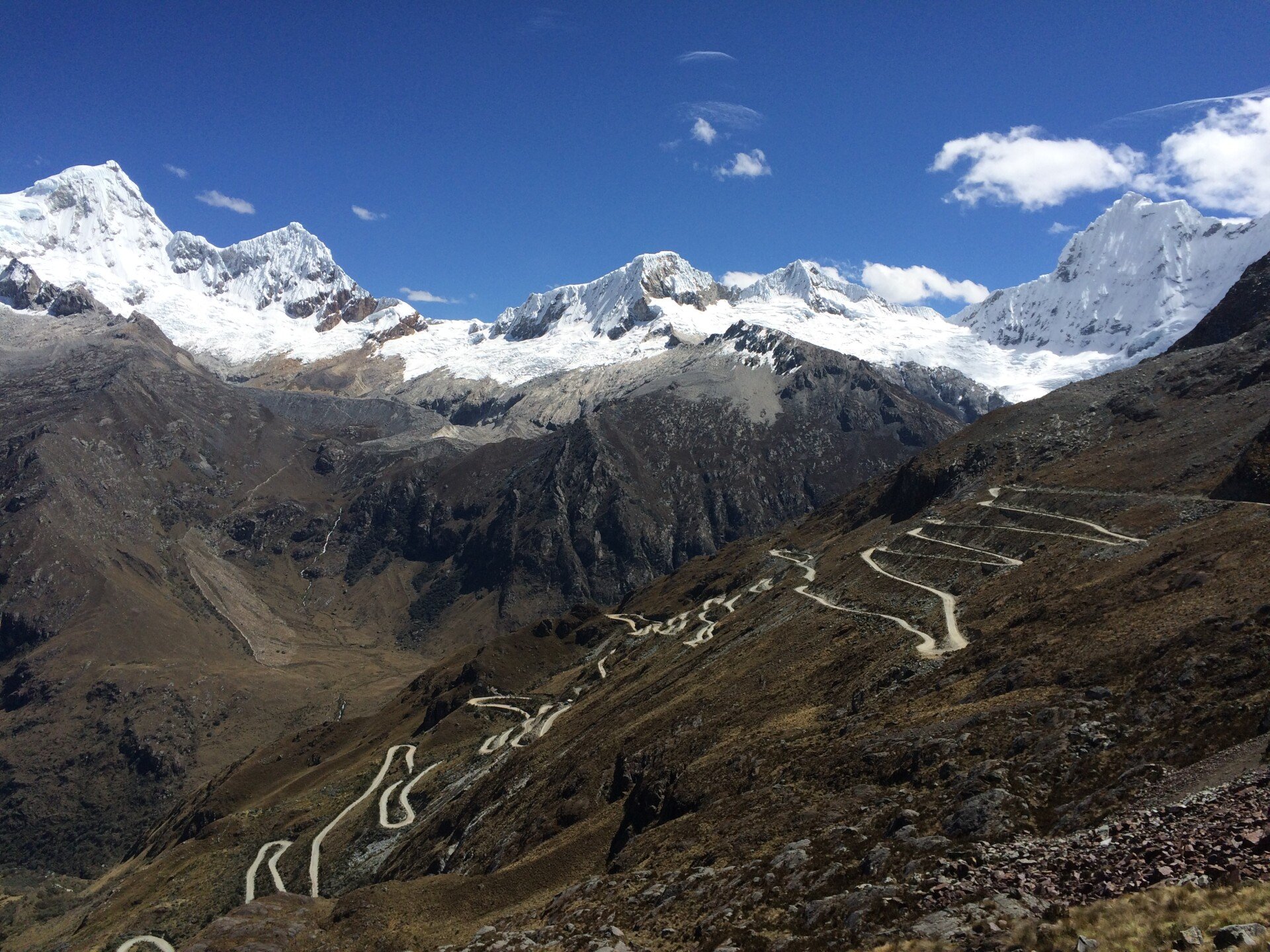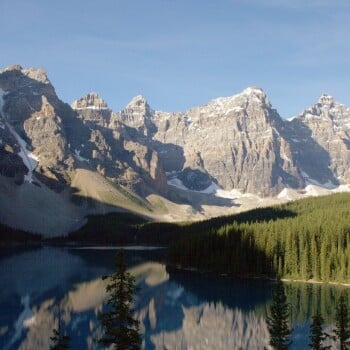
Here are a few important tips to help you prepare for international travel and joining a trek overseas.
El Pasaporte!
Check the expiry date, make sure it is not due to expire soon. To be safe have at least 6 months left from the date of your return.
Travel arrangements
Check and double check arrival and departure dates align with dates you need to meet your trekking group. Time zones can be confusing, but don’t get caught out by arriving a day after the group has left!
Travel insurance
Check you have the appropriate cover for your activity and the countries you are visiting.
Staying healthy
Check your jabs are up to date and get any additional ones you may need. If you are concerned about any existing medical conditions affecting you on the trek - check in with your GP/family doctor and tell them what you are planning. If you are on medication, ensure that you will have enough to last your trip. And if trekking at altitude check if any of your usual medication will be compromised by the altitude or taking Diamox*. Get yourself checked out at the same time – you don’t want be dealing with any ailments on the trek if you can get them sorted now.
Click here for a useful blog relating to hiking at altitude
Equipment and packing
Now is a good time to go through the equipment list and see what you need and check your existing gear. Check boots – if you have not worn them in a while, check they still fit you well (go for a hike) and are in good enough condition for the trek you are planning. Now is also a good time to treat and condition the leather or re-waterproof if you have Gore-Tex boots. On most treks you will take a second pair of shoes for around camp. Make sure these shoes are robust enough to trek in should you have a problem with your boots eg causing blisters or falling apart! Check your waterproofs – are they still waterproof? Weigh your luggage and check you are within airline restrictions.
Hiring vs taking your own.
Will you take your own gear or hire when you get there? There are advantages and disadvantages for both scenarios. Hiring gear locally is worth consideration if you intend to travel through other regions before or after your trek where that gear will not be required. Nothing worse than sweating away in the jungle carrying your heavy pack with a three season sleeping bag and down jacket. It also helps cut down on weight if you are struggling to stay within airline restrictions. Disadvantages are local outfitters may not have exactly what you want or the correct size, so spend some time researching on-line (Trip Advisor) and find out where you can hire gear and how much it will cost.

“What if”
Although unlikely, think through the “What if the airline loses my luggage” scenario. Whatever you think will be irreplaceable at short notice you need to either wear or pack in your cabin bag. So wearing your hiking boots on the plane and then swapping them for a pair of jandals once you are settled on the plane is a wise idea! Also don’t forget essential medications if you have any; split them between your check-in luggage and cabin bags.
Devices
Invest in some good power banks that will have enough grunt to recharge the devices you will be taking on the trek, eg cameras, kindles, phones etc. A phone may be useful for photos and short video clips so worth taking even if there is no reception or wifi.
Keen photographers may want to consider having multiple memory cards or an external storage device to spread the risk in case a camera is damaged or lost. Power banks must be carried in your cabin bag and not in your checked-in luggage when flying.
Paperwork
Ensure you have extra copies of all essential documents such as passport, flight and hotel bookings, travel insurance policy, essential phone numbers, vaccinations, passport, etc. Have these in either paper copies or store electronically on a device such as your phone or kindle. It’s a good idea to store them on a cloud also, such as OneDrive.
Local Lingo
Take the time to learn some of the local language. Being able to exchange a few friendly greetings and phrases with the locals can add so much to your experience.
Dollars $$
Figure out how much spending money you’ll need and where you can exchange money on arrival. Know exchange rates. US $ are handy to have in most places in the world so have a stash hidden away somewhere in case of some unforeseen event.
Tipping
Plan in advance for tipping, it’s often hard to get change for large denomination notes in remote areas, so before you start the trek have a good selection of smaller US$ notes set aside for tipping porters, cooks and local guides.
Gifts for local children
Often treks in the developing world pass through communities that are living in impoverished conditions and you may find yourself wishing you had some sort of gift to give local children. While this needs to be approached with some caution as you don’t want to create an expectation that all trekkers come bearing gifts, it can be nice to offer simple but useful gifts to local children in particular. Avoid giving sweets or useless plastic toys which will just end up as rubbish. Exercise books, coloring in books pencils, erasers, pens, small bouncy balls and tooth brushes and tooth paste make good gifts.
*Diamox (Acetazolamide) is a medication used to prevent and reduce the effects of ‘Altitude Sickness’. Diamox can be bought online from a pharmacy, a prescription is not required. Consult a travel Doctor if you have any concerns about taking this medication
This list is by no means exhaustive, but is just a collection of some important things to remember and hopefully make your preparations less stressful. Thank you to our seasoned travelers for their input into preparing this list. Happy trekking!















